 Once again, the scandal plagued banking industry has a new CEO vowing to rebuild trust. This time the headline is out of Copenhagen…
Once again, the scandal plagued banking industry has a new CEO vowing to rebuild trust. This time the headline is out of Copenhagen…
Trust in Danske Bank has collapsed, says its new chief executive
How many times have we heard these words before? “As reported by Reuters, Trust in Danske Bank has collapsed amid its involvement in a damaging money laundering scandal said the bank’s Chief Executive Chris Vogelzang, as he vowed to strengthen the bank’s defense.”
Fresh out of ABN Amro, another scandal plagued bank, the newly elected Danske CEO cites the primary cause for the loss of trust: “The high level of trust in Denmark, which enjoys a reputation as being one of the least corrupt nations, mean(ing) that there had been fewer incentives to control risks.” And his solution… As a result, he said, nine out of 10 people in the top compliance team are now from outside Denmark.
And also… “There was also some “bad” product in the mix. Trust in the bank has been further dented after a scandal, in which it failed to inform customers that it expected a poor performance from an investment product called Flexinvest Fri and continued to sell the product after raising fees associated with it.”
Once again I asked the members of our Trust Council to read the article and share some advice for Chris Vogelzang.
Donna Boehme, our “Lion” of compliance weighed in first, offering the following observations:
To rebuild trust and establish a culture of ethical leadership is a huge undertaking that takes years, not days, and requires the advice and coaching of experts, not just PR Wizards of Smart. One area the experts would focus this company on would be the entire system of “incentives” which has an outsized effect on culture and business decisions, as demonstrated so vividly by Wells Fargo and its fake accounts scandal. Danske might want to look at the leading edge examples being set by a number of companies In this arena.
Stephen M.R. Covey shared the following thoughts:
First, “you can’t talk your way out of a problem you behaved your way into.” In other words, the only way to restore trust here will be through actions—behaviors—not merely words (although words can be helpful to signal what you’re going to do). Key behaviors to restore trust here include: Confront Reality (acknowledge it), Practice Accountability (own it), Right Wrongs (make it right as best you can), Clarify Expectations (tell people what you’re going to do to re-earn their trust), and Keep Commitments (do what you say you’re going to do).
Second, trust in the marketplace is an extension of trust in the workplace. It’s inside out. So in order to restore trust with customers, it will be vital to also restore trust with your own people. Too often organizations who have lost trust in the marketplace focus primarily (sometimes almost exclusively) on the customer/market trust and don’t recognize that they also need to be rebuilding internal workplace trust. Without the workplace trust, it’s hard to sustain market trust. Indeed, it’s incongruent.
Third, while building/rebuilding trust is definitely an inside-out process, starting with each leader and with the leadership team, it’s also vital that the process move out to the organizational level where they can better and more appropriately align systems and structures to ensure they build trust the right way. Some of these systems/structures may have been misaligned in the past and may have contributed to the challenge.
There’s a lot more they need to do but those are just a couple of thoughts.
I’ll add a few more observations to the sage advice provided by Donna and Stephen.
The concept of rebuilding something implies that it was built before.There is one question that the new CEO must answer before a trust-building strategy can be developed. What exactly did we trust our bank to do in the past that we are currently failing to do?
While compliance plays a role in elevating trust, it must first come as a directive from the top. If the Board of Directors doesn’t understand or support the importance of creating a long-term strategy to elevate trust, the leadership team will be ineffective. The Danske Board currently consists of five committees: audit, compliance, nomination, remuneration and risk. I would suggest adding a sixth called “trust” and immediately calling in some trust subject matter experts to assist in outlining this critical trust-building strategy.
And speaking of strategy, whether post crisis or proactive, trust can never be delegated, yet this is what we see time and time again. It is not a legal or PR “tactic,” but rather an outcome of an intentional trust “plan” that leadership executes, practices and reinforces daily. In other words, trust “talk” must be followed up with action.
I hope someone at Danske reads this and passes the article up the chain. Perhaps Danske will someday become the industry role model in building trust. After all Denmark, with its high level of trust, should demand nothing less.
Barbara Brooks Kimmel is the CEO of Trust Across America-Trust Around the World whose mission is to help organizations build trust. For more information on how to build authentic trust, contact her at barbara@trustacrossamerica.com
Copyright 2019, Next Decade, Inc.
This is the link to the original Reuters article.

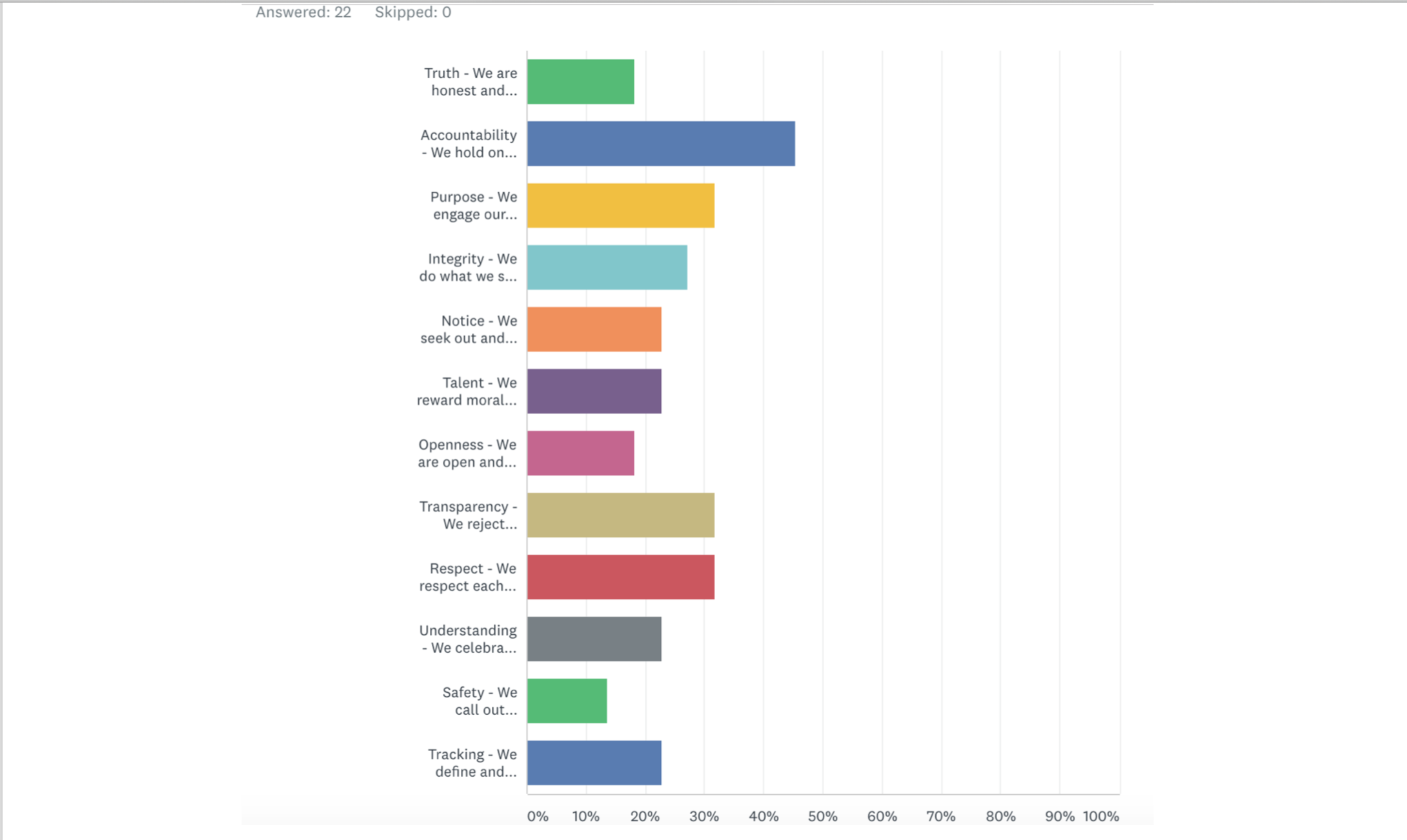
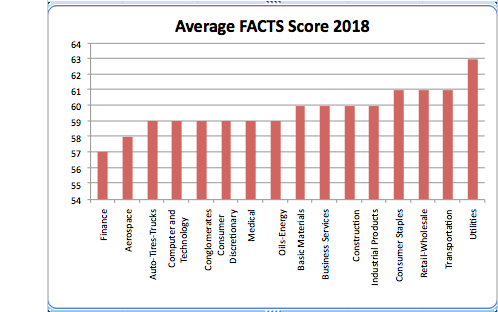
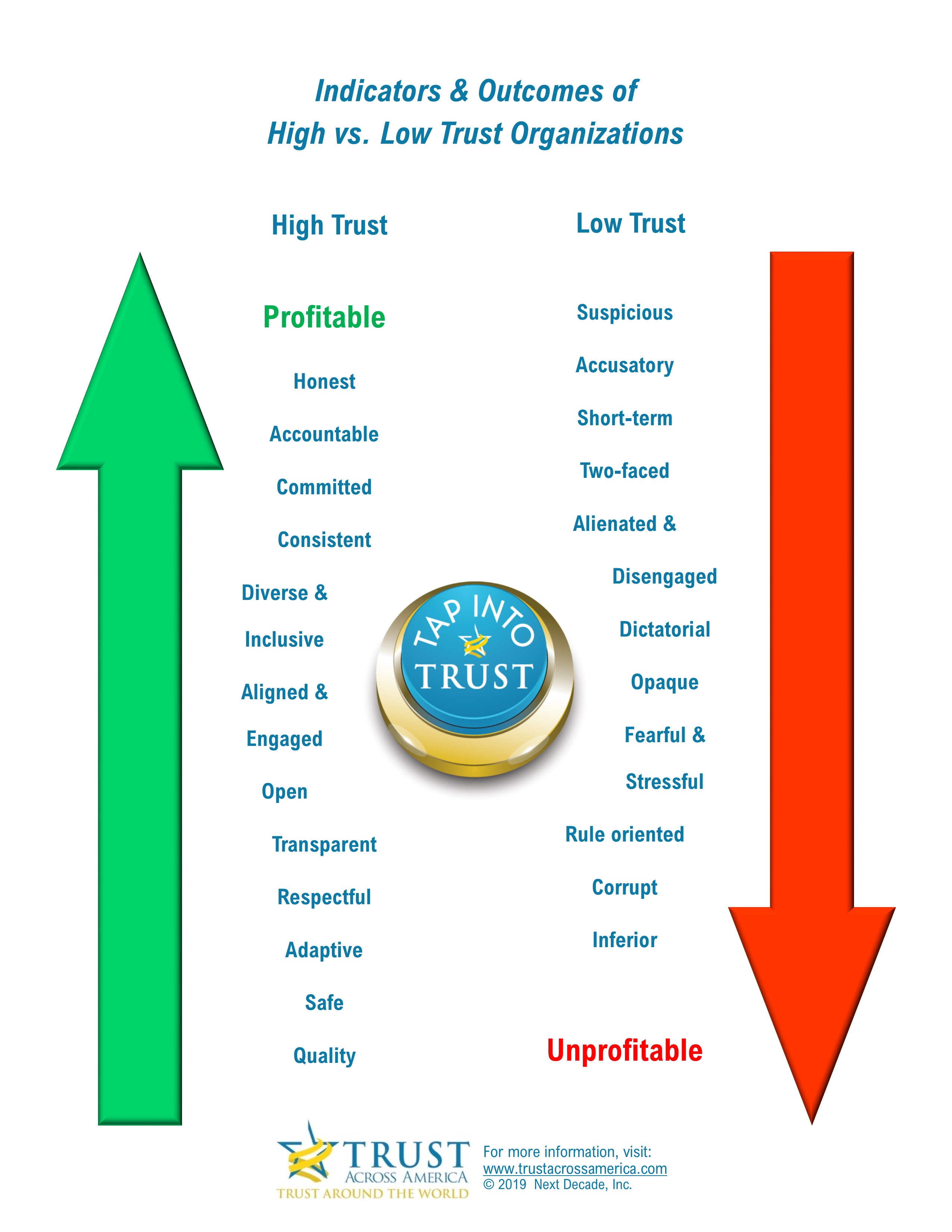
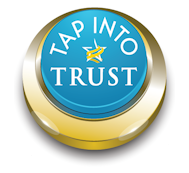
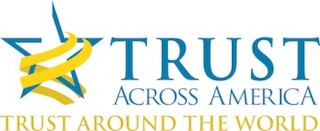
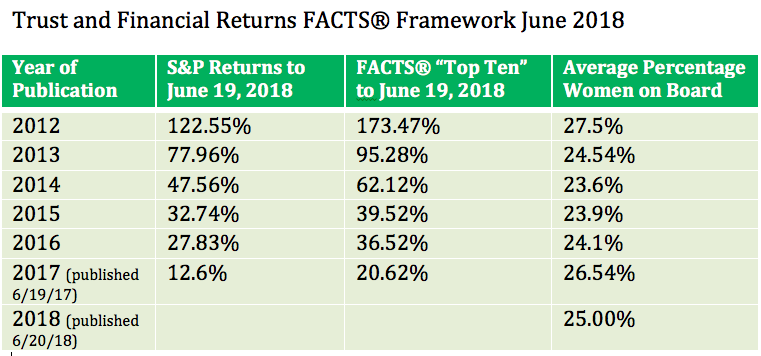

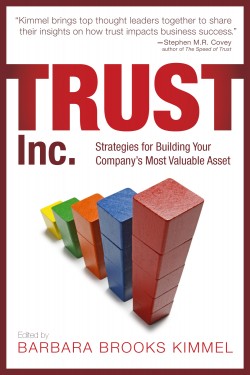
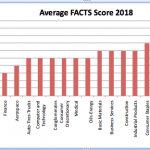
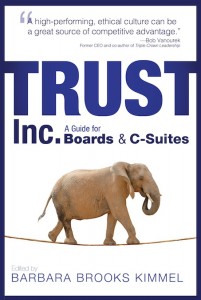
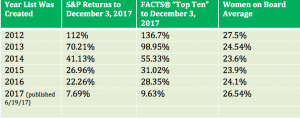
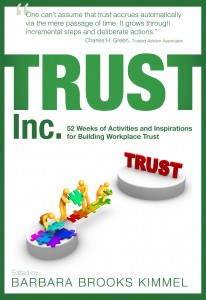
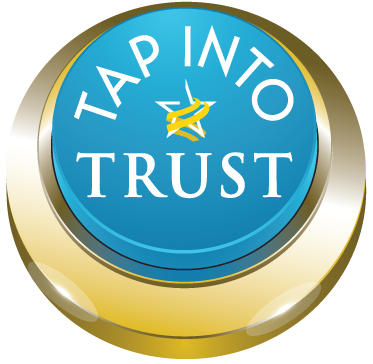
Recent Comments